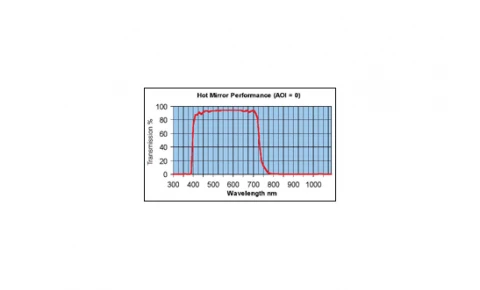Description
Hot and Cold Mirrors are essential optical components designed to manage light and heat in various applications. These mirrors are crafted with precision to either reflect or transmit specific wavelengths, making them invaluable in environments where temperature control and light manipulation are crucial. Whether you need to separate visible light from heat or reflect visible light while transmitting heat, these mirrors offer a reliable solution.
Hot Mirrors are specifically engineered to reflect infrared radiation while allowing visible light to pass through. This capability is particularly beneficial in high-temperature settings, thanks to the use of Borosilicate type glass, which ensures durability and performance. Operating optimally at an angle of incidence (AOI) of 0º, hot mirrors typically transmit wavelengths between 420-700nm with an average transmission of 85%. They reflect wavelengths from 800-1000nm with a reflectivity greater than 95%, making them ideal for applications requiring efficient heat management.
Cold Mirrors, on the other hand, are designed to reflect visible light while transmitting infrared radiation. This feature is advantageous in applications where it is necessary to remove heat by transmission. Cold mirrors perform best at an AOI of 45º, with a transmission range of 800-1200nm and an average transmission rate of over 85%. They reflect visible light in the 400-700nm range with a reflectivity exceeding 95%, ensuring optimal performance in light management tasks.
Both hot and cold mirrors are available in various sizes and configurations, with the option for custom designs to meet specific requirements. These mirrors are coated with a dielectric multilayer, providing high durability and efficiency. Whether you require standard sizes or custom specifications, these mirrors offer unparalleled quality and performance, making them a priceless addition to any optical setup.
Hot Mirror MC45-50.8
Specifications
| Diameter: | 50.8 mm |
|---|---|
| Thickness: | 3.3 mm |
| Surface Flatness: | lambda/2 |
| Surface Quality: | 80-50 scratch-dig |
| Transmission: | 85 % |
| Reflection: | 90 % |
| Transmission Range: | 425 – 700 nm |
| Reflection Range: | 750 – 1050 nm |
Features
- High Visible Transmission (Hot Mirrors): T > 85% in the 420–700 nm range
- High Infrared Reflection (Hot Mirrors): R > 95% from 800–1000 nm
- High Visible Reflection (Cold Mirrors): R > 95% in the 400–700 nm range
- High Infrared Transmission (Cold Mirrors): T > 85% in the 800–1200 nm range
- Thermal Resistance: Borofloat® glass ensures high temperature stability
- Durable Dielectric Multilayer Coating: Provides long-lasting optical performance
- Customizable Designs: Sizes from 15 mm to 300 mm with tailored coatings
Applications
- Projection Displays: Manage heat in projectors while maintaining color brightness
- Lighting Systems: Improve efficiency in high-intensity illumination setups
- Optical Instruments: Separate visible and IR light for precision measurement systems
- Medical & Scientific Equipment: Reduce heat load in imaging and laser devices
- Industrial Vision Systems: Enhance optical clarity while suppressing unwanted IR radiation
Frequently Asked Questions
What is a hot mirror?
What is the preferred angle of incidence for a hot mirror?
What is the most common wavelength range for transmission through a hot mirror?
What is a cold mirror?
What is the preferred angle of incidence for a cold mirror?
Similar Products
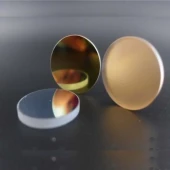
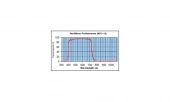
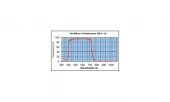
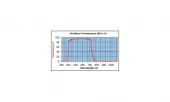
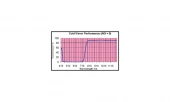

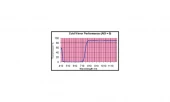

Your inquiry has been received.
Create an account by adding a password
Why create an account?
- Auto-complete inquiry forms
- View and manage all your past messages
- Save products to your favorites
- Close your account anytime — no hassle
